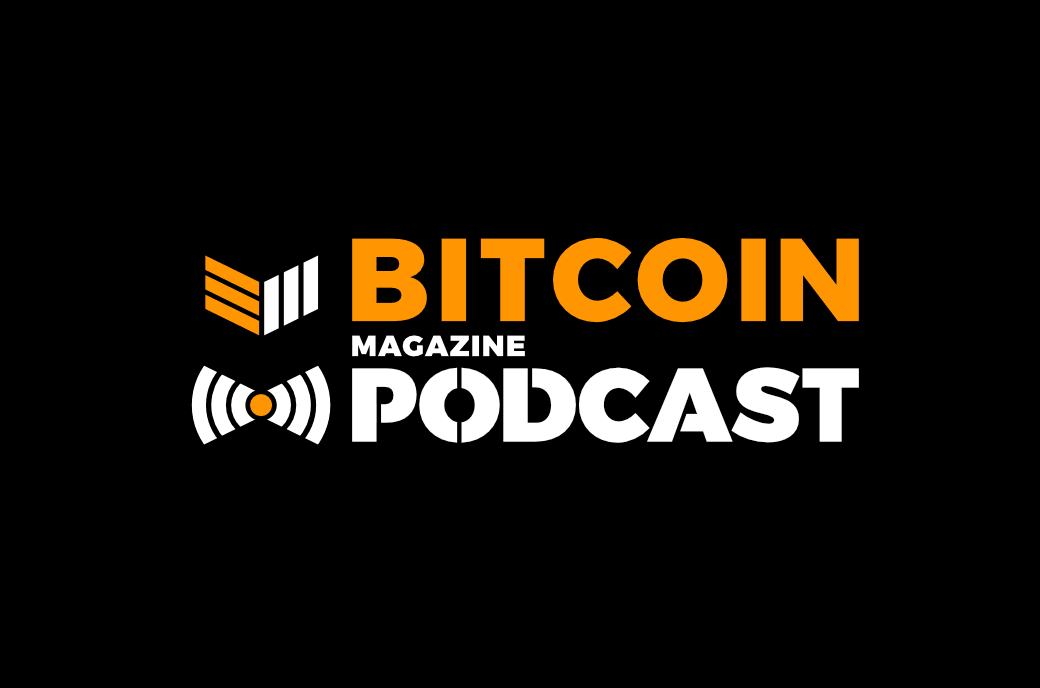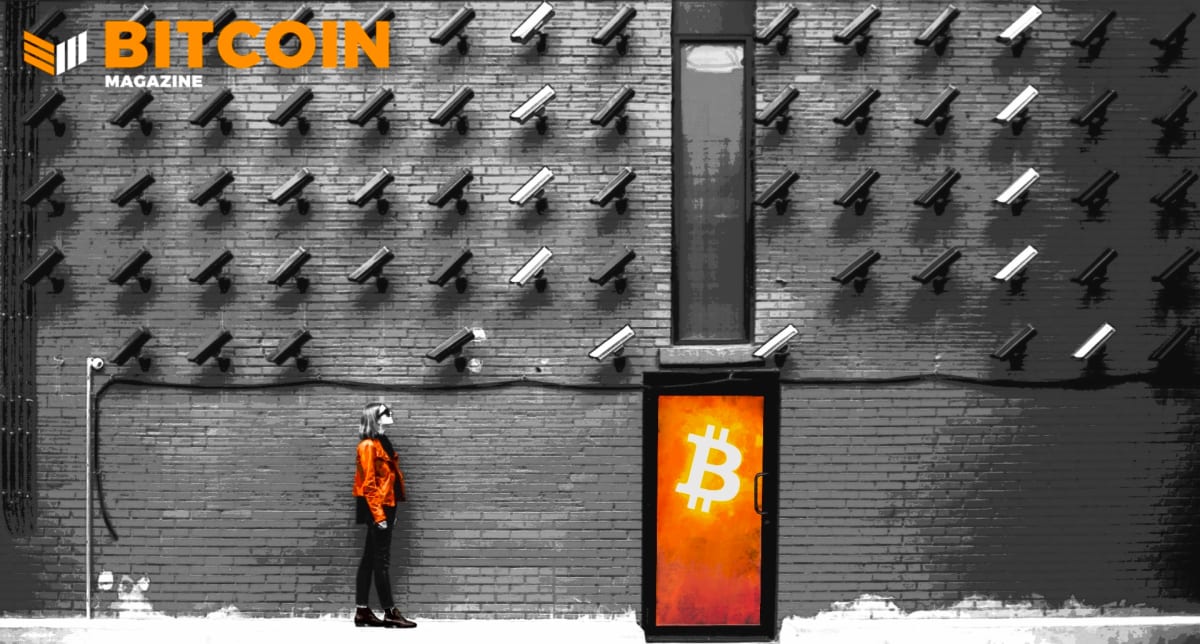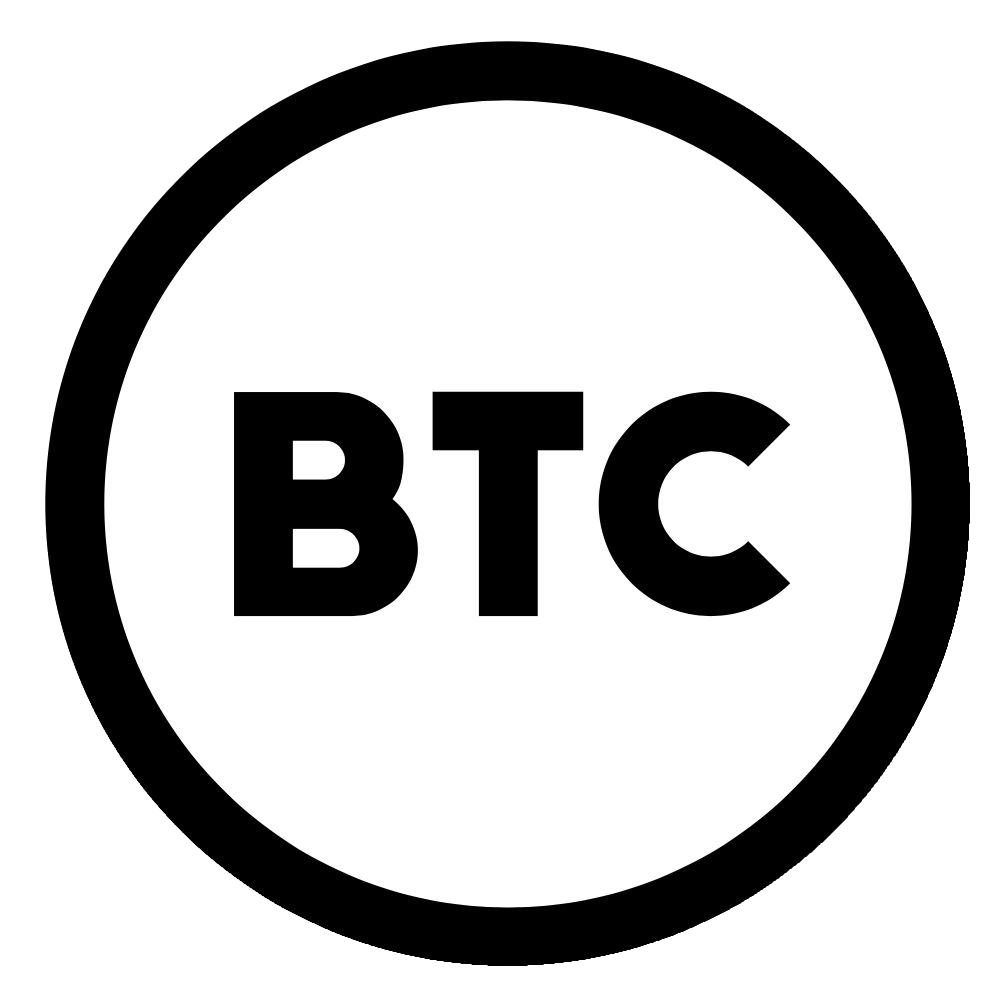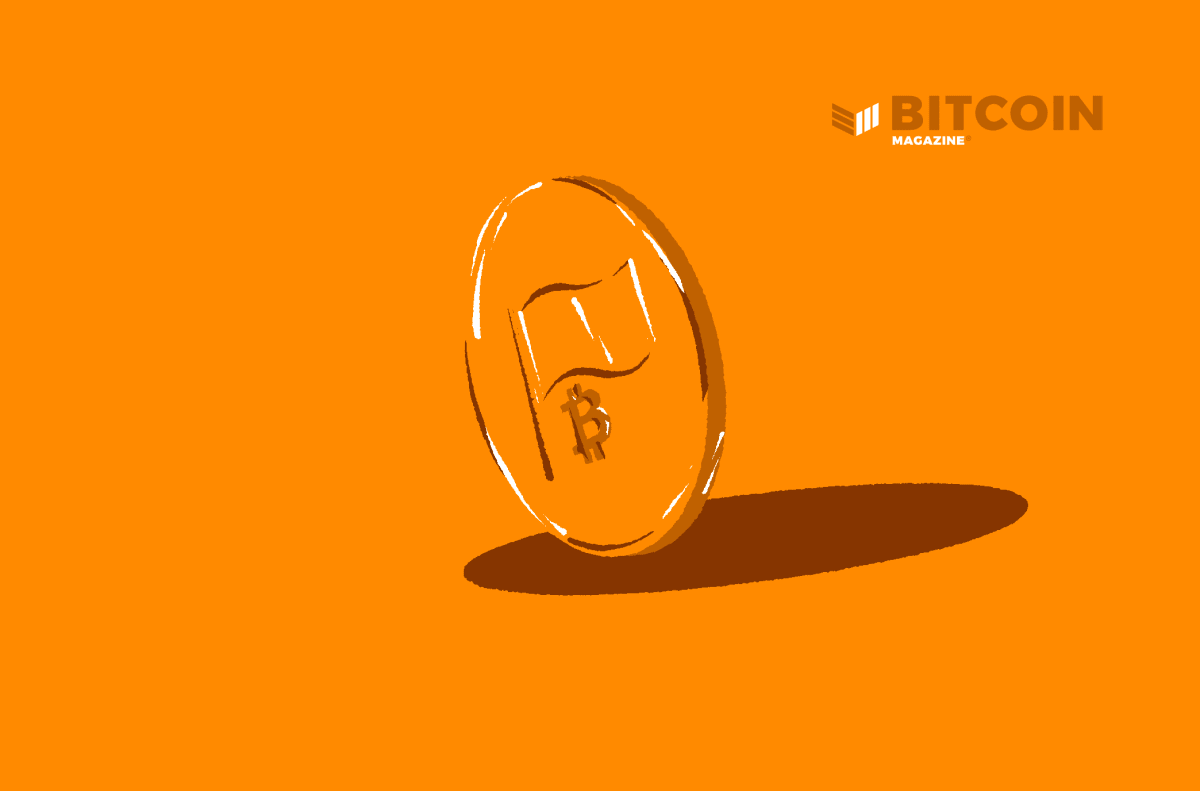The Great Reset Triggers A Bitcoin Network Upgrade
Despite efforts to undermine the freedom and sovereignty of bitcoin, the powers of centralization only further fortify bitcoin’s value.
The COVID-19 crisis that has devastated the economy brought radical change to our social and political landscape. From Austria’s lockdown against the entire citizenry and forced injection, to mandatory quarantine camps in Australia, in an effort to manage the pandemic, the governments of many countries have become authoritarian.
In the past 19 months, as the world has been brought to a standstill through border and travel restrictions, the global leaders launched the Great Reset to restructure our economy. With slogans like “creating a more fair and greener future,” the WEF (World Economic Forum), together with non-governmental organizations and private business sectors, aim to create a society where “you will own nothing and be happy.”
The key aspects of their plan are based on a total monetary reset. It involves a rollout of a central bank digital currency (CBDC) that can document and track transactions of citizens all over the globe. The International Monetary Fund (IMF) Managing Director Kristalina Georgieva, who joined the initiative, indicated that the underlying economic policy of the Great Reset is tied to the vaccine mandate. Through implementing the vaccine passport QR code, they are trying to build a new digital economy that is akin to China’s social credit scoring system.
Bitcoin presents an alternative to this system. As 2021 wraps up, the U.S. Securities and Exchange Commission Chairman Gary Gensler acknowledged Bitcoin as a competitor to the U.S. banking system. This year, as the existing power has morphed into a new global currency regime, they have increased their assaults on Bitcoin. The opposition creating conflict at the same time facilitated the further strengthening of the Bitcoin network.
Reputational Attack
This year began with a rehashing of the old narrative associating Bitcoin with criminal activities. On January 13, 2021, the head of the European Central Bank, Christine Lagarde attacked Bitcoin’s reputation, criticizing how it can facilitate criminal activity.
This is a false narrative that has been repeatedly pushed despite the fact that a large percentage of all criminal activities are financed by fiat money or cash, and that Bitcoin is not completely anonymous, so a history of transactions can be easily tracked.
Lagarde’s hostile attitude toward Bitcoin was shared by her colleague, Janet Yellen, who now serves as the U.S. Secretary of the Treasury: While speaking at a Senate Finance Committee hearing on January 19 Yellen stated that cryptocurrencies are used for illicit financing and their use needs to be curtailed.
In the mid-year when the media narrative was converging COVID-19 with issues of climate change, Elon Musk, the CEO of Tesla took to Twitter to criticize Bitcoin’s energy consumption. With the Bitcoin “polluter narrative,” influential figures began making a case against Bitcoin, amplifying FUD (fear, uncertainty, doubt) in the mainstream media.
Controversial Infrastructure Bill
During summer, those verbal attacks seem to have escalated into a new threat. On July 28, the White House released a historic, bipartisan, infrastructure deal. The $1.2 trillion package was justified as providing new funds for building transportation systems, bridges, mass transit, rail, airports, ports and waterways.
It contained a controversial tax-reporting requirement for cryptocurrency, initiated as a vital avenue to finance this program. Taking advantage of the vagueness and broadness of the language used in the bill, requirements could be imposed on more than just cryptocurrency brokers (like Coinbase). They could also affect miners and wallet providers.
The infrastructure bill was signed by President Joe Biden on November 15. This new tax-reporting requirement can be seen as an attempt by the government to prevent Bitcoin from becoming an escape hatch.
We have seen this before. At the end of 2020, there was a move by the U.S. Secretary of Treasury to create a law that could ban self-custody of bitcoin, requiring more Know Your Customer regulation. The sweeping reporting requirements proposed under this bill can now be used by the government to capture bitcoin, within controlled custodians.
Anti-Bitcoin Sentiment
While lawmakers are trying to curtail Bitcoin through regulation, there was also a push toward politicizing Bitcoin. As the year went by, and the inflation rate rose sharply, “anti-Bitcoin” sentiment emerged on social media. Dave Troy, entrepreneur and TED speaker blamed Bitcoin for weakening confidence in the U.S. dollar:
This type of narrative, going so far as to connect Bitcoin with the U.S. Capital Hill “riot,” came about at the same time as the Biden administration introduced the strategy to confront “domestic terrorism” for the first time.
In June, the White House released the document titled “National Strategy for Countering Domestic Terrorism.” Investigative journalist Whitney Webb, who examined this policy, reported that despite its stated aim of tackling “right-wing white supremacists,” the policy targets anyone who criticizes the government.
Under this policy, those who use money other than U.S. dollars can be seen as challenging the U.S. government. Bitcoiners can be scapegoated, getting blamed for inflation and the destabilization of our economy. They can be easily branded as white supremacists or framed as “insurgency forces” that could threaten the legitimacy of the fiat’s monetary system.
Seeds are now being sown so as to harvest a demonization of Bitcoiners. In the month of November, Hillary Clinton, the former U.S. Secretary of State, speaking at the Bloomberg New Economy Forum, warned that “Bitcoin undermines the role of the dollar as the reserve currency.”
Power Of Pleb
Despite the efforts of its adversaries to undermine it, Bitcoin has remained resilient. It has been more bullish than ever, doubling its price over the last 12 months. The network has also gone through a major upgrade.
In mid-February, when the U.S. Treasury boss was about to make noises to discredit bitcoin as currency, the Bitcoin meme warriors launched the laser eye campaign #LaserRayUntil100k on Twitter. Humor, ingenuity and fun, that brought exuberance to that space, began to push bitcoin as the next world reserve currency.
Within a couple of days, members of Congress, celebrities and the vast majority of Bitcoiners placed laser beam eyes over their profile pictures, signaling endorsement for Bitcoin.
The campaign went viral, gaining attention from the mainstream media.
In April, as COVID-19 hysteria ramped up, many saw tyranny coming their way. When the idea of a vaccine passport began to surface on the internet, resistance emerged from the Bitcoin community:
Embed Tweet here
In July, a month after Elon Musk tweeted his mockery breakup meme, causing a sharp decline in the bitcoin price, the hosts of the Orange Pill Podcast, Max Keiser and Stacy Herbert kicked off the F*CK ELON tour. In hot and lively Austin, Texas, the sharp and artistic creative couple held Bitcoiners’ only evening party. With music and performance arts, they uplifted the audience with relentless optimism, activating “the power of pleb.”
Evolution Of Bitcoiners
All those invigorating acts that spontaneously emerged have unveiled the deeper layer of the Bitcoin protocol. A “swarm of cyber hornets,” as CEO of MicroStrategy Michael Saylor called it, has now evolved into becoming stronger, faster and more intelligent.
It was as if the force of natural selection, working through Bitcoin’s proof-of-work, began to further separate sheep from the goats. A faction of bitcoin users who joined the network over time has demonstrated their commitment to the vision of the Ccypherpunks. They have become Bitcoiners. They confronted threats with fortitude during the blocksize war and fiercely defended Bitcoin’s core value of permissionless use and censorship resistance.
Now, individuals who have successfully met the ordeal, overcoming hardship have gained a new capacity. After surviving through a series of trials, they are now better equipped to take on the bigger fight.
Boosting Immune System
Aleksandar Svetski, the founder of Amber, the world’s first Bitcoin dollar-cost averaging app, described this selected minority as “the Remnant.” With the ability to call out scams and cut through all the nonsense, this small cluster of variant Bitcoiners boosts Bitcoin’s immune system.
They are Bitcoin maximalists. They act like a network of cells that gets activated when invaders come into their vicinity. Once they detect harmful substances, they release toxins and aggressively eject spoofs, scammers, and shitcoiners out from the ecosystem.
This combative defense is not the only way that Bitcoin maintains its integrity. There are other kinds of Bitcoin maximalists that bring out nurturing qualities as a vital part of Bitcoin’s natural immunity.
They are godmother to the shadowy super-coder, poet of the timechain and creator of the little HODLer. With capacity for renewal, they rejuvenate the Bitcoin network, providing protection and stability throughout bull and bear cycles.
With creativity, elegance and beauty, they welcome newbies, educate and look after them, while continuing to inspire Bitcoin OGs with their muse.
Invisible Hand Of The Market
As the clown world continues with its fear mongering designed to shepherd people into a permissioned economy, Bitcoin’s incentives begin to further reach out to those who are willing to help themselves. The invisible hand of the market works wonders, steering a new path for self-interested individuals.
We get signals out of nowhere:
We don’t know their names and we can’t see their faces. Like the pseudonymous creator of Bitcoin, Satoshi Nakamoto, who gave the world a gift by making this revolutionary monetary system open-source, strangers with aliases generously share their knowledge and skills.
The unknown friend behind a screen acts like a good Samaritan, helping families navigate the turbulent times of monetary reset.
A Way Toward Bitcoin Standard
From Texas to Florida, as the U.S. governors embrace Bitcoin, ordinary people are paving a way to exit the dying debt-based monetary system. Kyle Murphy, co-founder of Austin Bitcoin Club and CEO of Pleb Industries hosted the Bitcoin Block party to facilitate wider adoption of Bitcoin. He is a former military vet who went to Afghanistan. Now he is back home working to build the Bitcoin standard to bring peace.
The spirit of localism kindled at the epicenter of the hyperbitconized U.S. economy has spread across America. Brian Harrington, a marketing consultant from Anaheim, California, engages in efforts to make usage of bitcoin as payment easier. He is working hard to create a circular economy to help people fight against inflation:
Bitcoin represents a formidable force. Uncensorable peer-to-peer networks backed by cryptography can take down the central banks, the most powerful institutions on the earth.
This potential to end destructive cycles of monetary corruption gives us hope. There are plenty of reasons for us to be optimistic about our future. But technology alone can’t secure our freedom. It requires the ideals that are shared in our hearts, each person’s dedication and willingness to engage in a labor of love to turn them into reality.
Vitality and resilience that sprung from the Bitcoin community this year have shown us the real power behind this magical internet of money. We, the Bitcoiners, are the sparks that can light a fire, maximize our potential and usher in a new era of prosperity and peace.
This is a guest post by Nozomi Hayase. Opinions expressed are entirely their own and do not necessarily reflect those of BTC Inc or Bitcoin Magazine.









